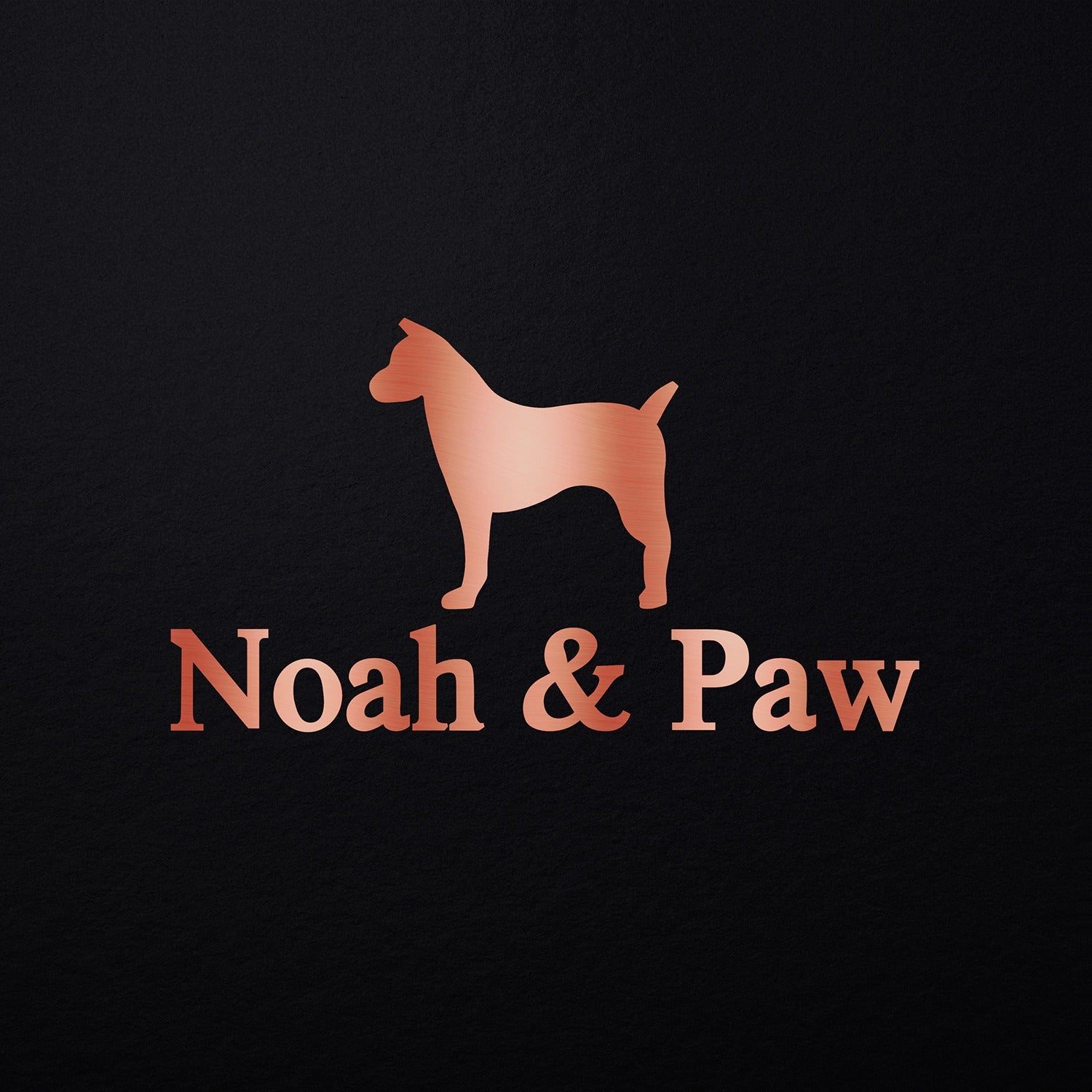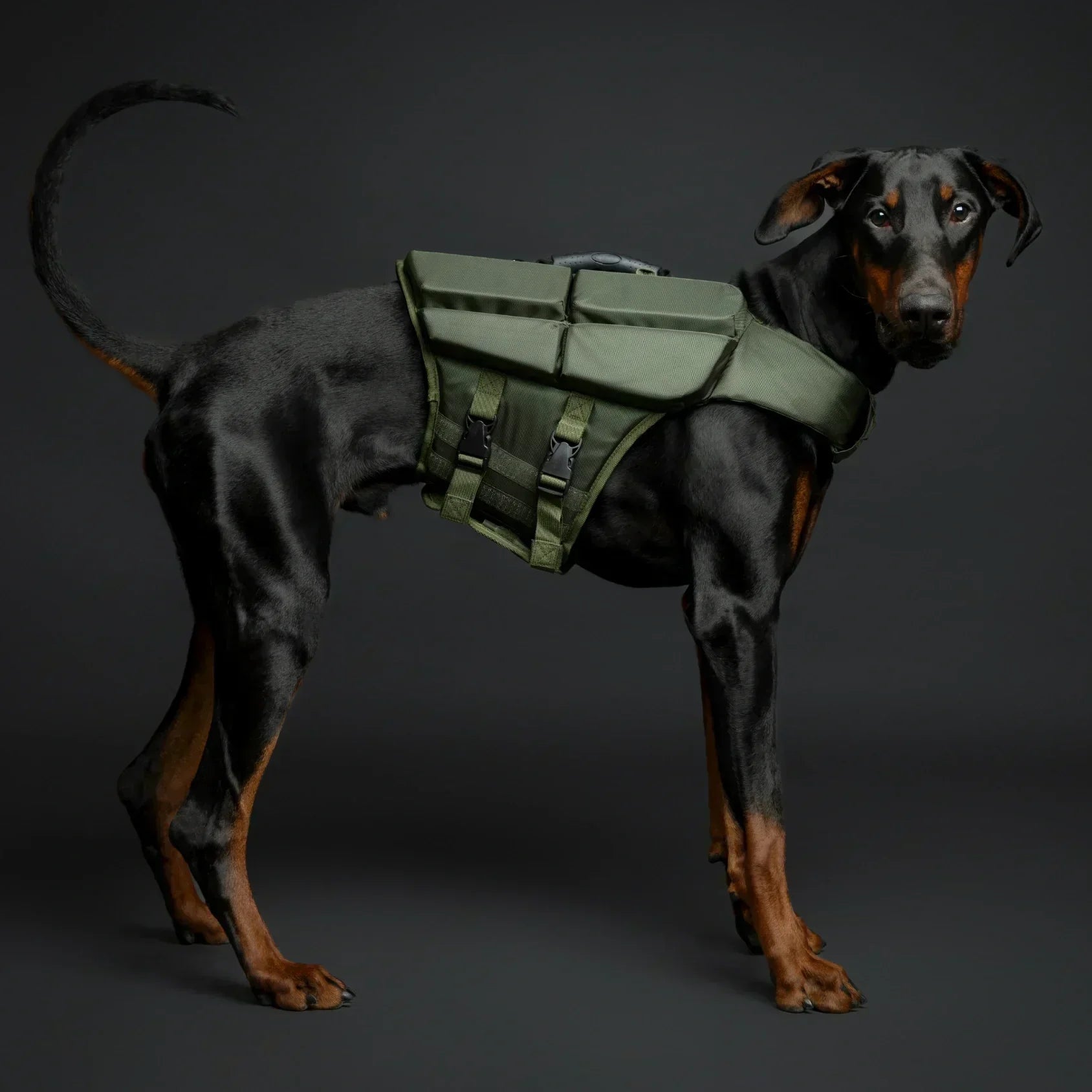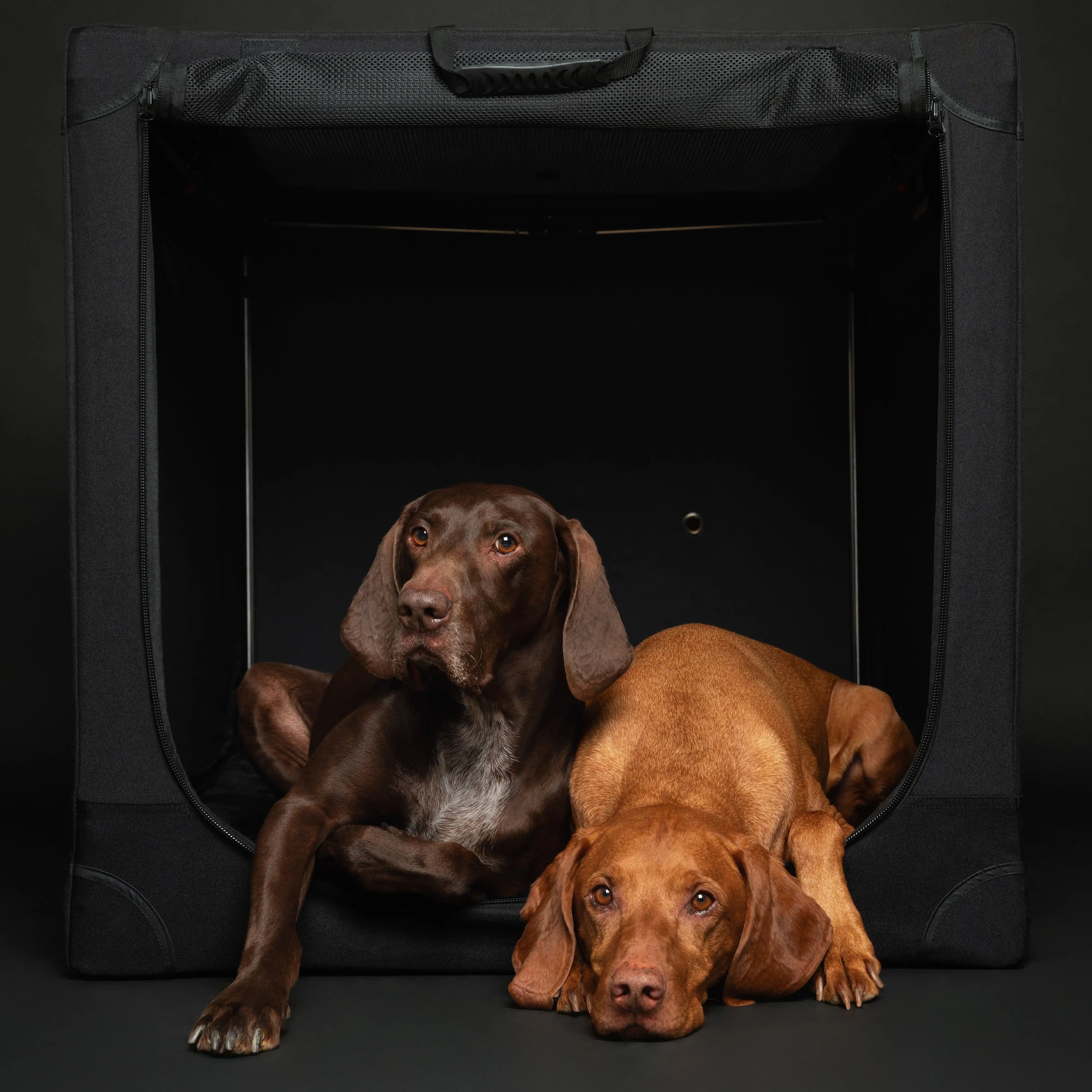
How to Calm an Anxious Dog During Storms or Fireworks
Does your dog get agitated, hide, pace, or act strangely during storms or fireworks? If so, you are not alone. In 2024, 89.7 million dogs lived in 59.8 million households in the United States.1 Of these pets, early research studies suggest that in some regions of the world, 30% of dogs may experience noise-related anxiety behaviors at some point in their lives.2 This author’s clinical experience is that the number is actually higher, especially as dogs age. So, what can we do to minimize stress, anxiety, and fear in these dogs and make thunderstorms/fireworks fun, or at least safe and neutral?
Signs of thunderstorm or fireworks phobia
Sound phobias can occur with any sounds, sudden, or routine. However, thunderstorms also trigger changes long before the booms and lightning arrive, as animals are much more attuned to the pressure and other changes that occur in the atmosphere due to an impending storm. Dogs often know a storm is coming minutes to hours before we do. Thus, behaviors can start well before the imminent bad weather. Further, storm reactions can occur in the absence of thunder and lightning. It isn't always just thunder itself; it is various stimuli, including wind, lightning, thunder, rain, hail, or other changes that they sense, even a change in the electricity in the air. With fireworks, there is no warning, and so reactions may be abrupt, immediate, and may last minutes to hours to weeks past an unexpected assault.3
Signs of anxiety (generalized or specific for sound-related phobias) may include a combination of the following4,5
· Panting (when not hot, not painful, and indoors in a climate-controlled environment)
· Pacing/restlessness
· Vocalization (can be any type from normal barking, to incessant barking, whining, growling, even howling or whimpering)
· Agitation
· Shaking
· Destructive behaviors such as clawing, chewing, or tearing apart bedding, crates, door frames
· Hiding/escape behaviors, e.g, going under the bed, behind doors, into closets; trying to flee the yard or house
· Becoming clingy, the Velcro pet who follows you from room to room
· Failing to eat their favorite treats or food
· Drooling
· Going to the bathroom inside the home despite proper housetraining, often right in front of a pet-parent
· Freezing (a stress response, all you appreciate is that they are still breathing)
· Tail tucking
· Fur rises along the back (piloerection)
· Yawning
· Low ear carriage
· Lip licking (sign of anxiety and or nausea, which can occur with anxiety),
· Body posture changes
· Not looking directly at you
· Aggression when normally not aggressive
Actions during events
Generally, a combination of therapies to manage these types of phobias is necessary to minimize a pet's anxiety properly. Untreated, anxiety worsens with time, regardless of the type. Thus, prevention of anxiety is ideally key, though not always possible. Opting not to do anything harms the pet's health and mental well-being and can lead to behavioral and other medical complications over time. Anxiety causes stress, discomfort, agitation, irritability, and if you have ever experienced it, even briefly, it is hard to fathom constantly having that feeling around without any relief. Thus, BE PROACTIVE. Give your dog options and use a multimodal approach - combine therapies to get the best results. Work with your veterinarian to determine the best combination for you and your pet.
General considerations during thunderstorms
During sound events - thunderstorms/fireworks, key things include6
1. Starting intervention 1-2 hours minimum before the impending event (when feasible) (e.g., medications, pressure vests)
2. Environmental adjustments
3. Pet-parent/pet interactions – soothing, calming, petting behaviors
4. Neutraceuticals (over-the-counter products tested scientifically for anti-anxiety and calming effects)
5. Prescription medications
More specific options for management include:4,6–12
1. Playing white noise or classical music (studies show this is superior to other types of music in producing calming sensations; The series 'Through a Dog's Ears" has evidence supporting effectiveness, and this author speaks from personal experience that her dog (and herself) enjoy it, noting less anxiety when used.13,14
2. Dog appeasing pheromones (DAP) - As a spray, collar, and or diffuser
3. Pressure wraps/ “Thunder-type shirts”
4. Short-acting medications given 1-2 hours prior to a stressful event, for example, trazodone, alprazolam, clorazepate, Sileo® (an oromucosal gel), gabapentin, or pregabalin
5. Long-acting/long-term medications – These take 2-6 weeks to become beneficial, but lower a dog’s general overall anxiety level and permit tolerance of more sounds and stimulation. Examples include clomipramine, fluoxetine, selegiline, and imipramine
6. Environmental management to create a safe haven. Consider rooms without windows (walk-in closets work great), the interior of the home, far from possible sounds/disturbances
7. When we can anticipate the arrival of fireworks (July 4) or thunderstorms, we should utilize play and exercise earlier in the day to ensure mental and physical stimulation and ensure the pet has done its business so it won't have to during a storm or fireworks.
8. Utilize food rewards with tasty treats that take the pet a while to eat, such as frozen feeder toys to keep them well occupied.
The science behind the shirts/vests
The thought process behind pressure vests/shirts parallels two methods used in human medicine, including weighted blankets and swaddling. Human research has shown benefits in using weighted blankets, a tactile sensation providing pressure stimulation that produces the effect. Swaddling infants has a similar effect. Research suggests that dogs benefit from this type of pressure wrap, though not all "thunder shirts" are created equal. Please select a product with evidence-based research behind it to ensure possible benefit. In humans, pressure wraps and weighted blankets have been used to aid in managing sleep disorders and mental health problems, and even improve attention.7,15 Evidence in humans is variable, but some people swear by weighted blankets and love cuddling up with them, while others feel they are an annoyance.
There are downsides to clothing, including animals who resent it, resist having it put on, anticipate a storm when they see the shirt (you can have them wear it on and off not associated with storms to limit this type of association), and injury to the pet/pet-parent when attempting to put it on. Further, most pets are insufficient. [ET1]
Never punish
One important thing to remember in dogs with phobias and anxiety around storms and fireworks is that punishment is never the answer. Their responses to these situations are not voluntary. They cannot control the responses, and getting angry with them only hurts them and negatively impacts your bond. We cannot punish them for a natural response to a perceived threat. We want to change the experience from something negative into something neutral or, if feasible, positive. Comforting behaviors such as petting, playing, distracting the pets, and using a combination of the options mentioned above help minimize stress and lessen reactivity.
Treat anxiety to improve well-being
Anxiety in dogs associated with fireworks and storms, with and without thunder and lightning, when left untreated, can lead to long-term generalized anxiety in animals. Without treatment, a decline in quality of life and behavioral problems may result. Treating pre-emptively and with sound, evidence-based products, medications, and environmental adaptations, this combined, holistic approach can help minimize anxiety for you and your pet, preserving the human-animal bond.
If you have a dog experiencing anxiety and you suspect a thunderstorm or fireworks phobia, please speak with your veterinarian to discuss recommended neutraceuticals (over-the-counter products used for anxiety management with evidence to support use), dietary products that have added ingredients for anxiety management (usually prescription diets), short-acting and long-acting medications, behavioral suggestions, and environmental modifications that would fit your living arrangement and your family. Working together, using a multifaceted approach, you can minimize fear and anxiety in your dog and improve the pet’s quality of life and your own.
References
1. American Veterinary Medical Association (AVMA). U.S. pet ownership statistics. American Veterinary Medical Association. n.d. Accessed November 9, 2022. https://www.avma.org/resources-tools/reports-statistics/us-pet-ownership-statistics
2. Salonen M, Sulkama S, Mikkola S, et al. Prevalence, comorbidity, and breed differences in canine anxiety in 13,700 Finnish pet dogs. Sci Rep. 2020;10(1):2962. doi:10.1038/s41598-020-59837-z
3. Curtis TM. Noise and Storm Phobias and Anxiety in Dogs. Today's Vet Pract. 2013; September/October 2013. Accessed April 20, 2025. https://todaysveterinarypractice.com/behavior/noise-storm-phobias-anxiety-in-dogs/
4. Korpivaara M, Laapas K, Huhtinen M, Schöning B, Overall K. Dexmedetomidine oromucosal gel for noise-associated acute anxiety and fear in dogs—a randomised, double-blind, placebo-controlled clinical study. Vet Rec. 2017;180(14):356-356. doi:10.1136/vr.104045
5. Landsberg GM, Denenberg S. Behavioral Problems of Dogs. Merck Veterinary Manual. April 2025. Accessed April 20, 2025. https://www.merckvetmanual.com/behavior/normal-social-behavior-and-behavioral-problems-of-domestic-animals/behavioral-problems-of-dogs
6. Riemer S. Therapy and Prevention of Noise Fears in Dogs—A Review of the Current Evidence for Practitioners. Anim Open Access J MDPI. 2023;13(23):3664. doi:10.3390/ani13233664
7. Mathis S, Schoolfield S, Gross P, Gruen M, Dorman DC. A Systematic Review of the Efficacy of Compression Wraps as an Anxiolytic in Domesticated Dogs. Anim Open Access J MDPI. 2024;14(23):3445. doi:10.3390/ani14233445
8. Muñoz Amezcua AC, Jones JM, Griffith EH, Gruen ME. Pilot Study on the Efficacy and Safety of Long-Term Oral Imepitoin Treatment for Control of (Thunder)Storm-Associated Noise Phobia/Noise Aversion in Dogs Using an Individualized-Dose Titration Approach. Animals. 2024;14(4):545. doi:10.3390/ani14040545
9. Landsberg GM, Beck A, Lopez A, Deniaud M, Araujo JA, Milgram NW. Dog-appeasing pheromone collars reduce sound-induced fear and anxiety in beagle dogs: a placebo-controlled study. Vet Rec. 2015;177(10):260-260. doi:10.1136/vr.103172
10. Bleuer-Elsner S, Medam T, Masson S. Effects of a single oral dose of gabapentin on storm phobia in dogs: A double-blind, placebo-controlled crossover trial. Vet Rec. 2021;189(7):e453. doi:10.1002/vetr.453
11. Perdew I, Emke C, Johnson B, et al. Evaluation of Pexion® (imepitoin) for treatment of storm anxiety in dogs: A randomised, double-blind, placebo-controlled trial. Vet Rec. 2021;188(9):e18. doi:10.1002/vetr.18
12. Gruen M, Case BC, Robertson JB, Campbell S, Korpivaara ME. Evaluation of repeated dosing of a dexmedetomidine oromucosal gel for treatment of noise aversion in dogs over a series of noise events. Vet Rec. 2020;187(12):489-489. doi:10.1136/vr.106046
13. Lindig AM, McGreevy PD, Crean AJ. Musical Dogs: A Review of the Influence of Auditory Enrichment on Canine Health and Behavior. Anim Open Access J MDPI. 2020;10(1):127. doi:10.3390/ani10010127
14. Pet Expertise. Through a Dog’s Ear Research. Pet Expertise. November 17, 2016. Accessed April 20, 2025. https://petexpertise.com/blogs/news/through-dogs-ear-research
15. Zhao Y, Zhang Q, Liu Z, Zhao Z, Zhu Q. Safety and effectiveness of weighted blankets for symptom management in patients with mental disorders: A systematic review and meta-analysis of randomized controlled trials. Complement Ther Med. 2024;87:103104. doi:10.1016/j.ctim.2024.103104


